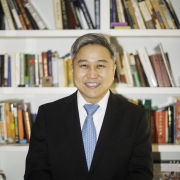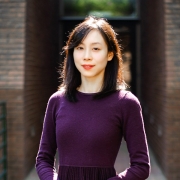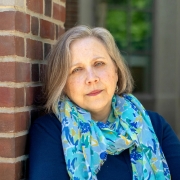Penn Biologists: DNA ‘Bias’ May Keep Some Diseases in Circulation
In a study published in the American Journal of Human Genetics, researchers Sarah A. Tishkoff and Joseph Lachance have found that a bias toward particular types of DNA sequences during gene conversion may be a significant factor in the persistence of heritable diseases in populations around the world.
Tishkoff, a Penn Integrates Knowledge Professor, is the David and Lyn Silfen University Professor in the departments of biology in Penn Arts and Sciences and genetics in the Perelman School of Medicine.
Red the full story here.





